|
What would you say if someone were to ask you to describe a fairy? Would you envision tiny winged humanlike beings small enough to fit in the palm of your hand? Sure...this is the image conjured up by the modern mainstream. If you look up the word fairy, you’ll find descriptive terms like diminutive, magical, feminine, imaginary, and supernatural. But there are much older cultural ideas of the fairy not so benign and whimsical. Over the years, I’ve developed a particular fascination with the rather more ambiguous nature of Irish fairies. And that’s the topic I’d like to touch on today… The faerie folk To start with, those “diminutive” little fairies with wings are a recent phenomenon, more or less dating from the Victorian era. Before that, most European countries had a rich collection of fae, faerie, or fairy folk that took on many shapes and sizes. The more recognizable include magical beings like pixies, gnomes, trolls, elves, dwarfs, brownies, and giants. Ireland's unique flavor of fairy folklore is blended with its rich historical mythology. This mystical green land is known for a mythical race of beings that are not spoken of by name but referred to in generic phrases, such as “the people of the mounds”, “the good people”, “the fair folk”, “them”—anything but “fairy”. These beings are also often referred to in ancient Gaelic terms as the “sidhe”, “daoine sidhe”, or “aes sidhe”. The term “sidhe” refers to the places where they dwell—typically natural or man-made mounds—but also represents the people as a way to name “them” without incurring their wrath. Just like in the rest of Europe, the Irish have specific names for each being belonging to the sidhe. The most recognizable is the leprechaun—a crafty little man who guards the treasure. The banshee (or ban sidhe, in Irish) is a wailing woman who predicts the death of a member of a particular clan. The Cailleach—possibly the predecessor to what we now know of as the witch—is an old woman who is said to have flown through the air and dropped large boulders from her apron to form some of the more dominant landscape features that play an important part in Irish mythology. The Irish also have their version of the mermaid called the Merrow. The female half woman half fish was attractive with a beautiful song that enticed young men, but the uglier male versions would pull sailors into the depths of the sea and enslave them. A rather terrifying creature in Irish fairy tales is the Pooka (Puca in Irish). The Pooka can take the shape of any animal but most often appears as a black horse with red eyes. This creature (like the banshee) is sometimes an omen of bad things to come but can be either helpful or destructive. These are just a few of the many types of sidhe in Ireland. Irish Mythology & the Sidhe So what are the origins of the sidhe? Let’s take a brief dive into Irish mythology for a moment… Most of the sidhe seem to represent old deities from ancient times, particularly from the mythical race of people called the Tuatha De Danann or the People of Danu. The origins of these people are shrouded in mystery and described as a group of invaders deep in antiquity that ruled over Ireland for a time, eventually being replaced by new invaders from Spain called Milesians, or sons of Mil. The mythology says the Milesians banished the Tuatha De Danann to the hills, and the mythical land they came to inhabit was called Tir na nOg, Land of Youth, or the Otherworld. Interestingly, the Greek word for the Iron Age Celts—Keltoi—means “the hidden ones”. It’s a curious coincidence, don’t you think?! Irish mythology can be complex and contradictory, and there is so much more than I can discuss here. If you’d like to take a deep dive into this topic, check out mythicalireland.com, where Irish author, researcher, and photographer Anthony Murphy provides endless material about everything to do with Irish mythology. Another site--https://emeraldisle.ie/home--has a plethora of tales and legends you can read, but even this is just scratching the surface! The habitat of the sidhe The sidhe are said to live lives similar to our own but in a parallel world, if you will. A magical barrier keeps us from seeing them most of the time, but they are there just out of reach. The ethereal places of fairies or fairy magic are often described as “places where the veil between this world and the next is thin”. The old timers and true believers will tell you the sidhe can be found in many wild or hidden places across the land. The natural world and mythical heritage sites are full of fairy habitats, and these places are to be respected and left alone. Ireland is a land of mystical beauty, to be sure. Dotted all along its verdant landscape are thousands of ancient and prehistoric sites--ring forts or raths, burial mounds, stone circles, dolmen, and henges. These sites have significance in Irish history and folklore and make convenient dwelling places for the fairy folk. Trees in Celtic lore are highly symbolic, and any solitary tree or cluster of trees with a unique presence in the landscape are identified as “fairy trees” and are said to be imbued with sacred or magical powers. One such tree is the hawthorn (aka, whitethorn), whose striking form with branches lopsidedly outstretched and seemingly reaching out can be seen dotted across the countryside. The rowan is another revered tree whose berries are associated with youthfulness and healing and are said to be the food of the Good People. Other trees with sacred significance include oak, blackthorn, holly, yew, and elder. Water in Irish folklore—as in most cultures—plays a significant role in all things mystical and sacred. Many Irish wells and springs were usurped by Christian saints (such as St. Brigid) and the Virgin Mary, who act as guardians of the sacred water. Ancient peoples threw precious objects into some of these water sources as a sacrifice in reverence to the life-giving female aspect of existence or to the gods and goddesses of their time. The salmon of knowledge known in ancient Celtic mythology swims in a stream under a hazel tree. Not only is water symbolic of wisdom, but it can often be the gateway to the Otherworld. The do’s and don’ts when dealing with the sidhe The sidhe are known for their enjoyment of music and dance, entrapping travelers who happen to wander into their magical spaces. On the surface, it may sound like quite an adventure to stumble upon such a place, but there are stories of people who spent time with the fairies, only to return to the land of the living to find many years have passed and everyone they once knew is long gone. Reverence to the sidhe and their dwelling places remains embedded in Irish culture to this day. Trees and mounds are left alone, and construction projects have been forced to work around certain areas so as not to anger the sidhe. The retribution of these fairy folk when angered can be swift and vengeful. People are said to have been struck ill, plagued by bad luck, or even died because they dared mess with a fairy dwelling! According to popular superstitions, you can repel a malicious fairy with salt or iron. There are tales of mothers placing something made of iron near a baby’s crib to prevent the sidhe from stealing their babies and replacing them with changelings. If you happen to be on foot traveling and are trying to avoid a pursuing fairy, you could try crossing a stream or other body of flowing water. Popular lore says most fairies do not cross running water. (Remember the Lord of the Rings with the Black Riders?) If you want to get on the good side of the fair folk, try appeasing them with gold trinkets, gemstones, shells, shiny jewelry, or shrines with offerings such as milk, candies, or sweet cakes. Ending thoughts… With all that being said, given the right circumstances, the sidhe can sometimes be helpful to humans, so they are not entirely malevolent creatures. Like many other supernatural creatures of the fairy world, they are neither good nor bad. Fairy folk in Ireland and Europe represent the duality of the good and the bad in humankind and life experiences. Ireland has a rich and colorful history, with a penchant for interweaving mythology, history, religion, and folklore. The fairy folklore of this land has been born out of this tradition and is just as rich and contradictory. There’s simply no way of telling where the ancient Celtic religion ends and the more modern fairy tales begin. It is all just one fantastically colorful tapestry that defines the very essence of what it is to be Irish. Related blogs you may want to read: 10 Fun Facts About Leprechauns A brief history of the origins of fairy gardens A brief history of the Irish shamrock Celtic Tree of Life Celebrating Irish art for St. Patrick’s Day Sources: http://chalicecentre.net/blog/into-the-faery-woods/ https://thecelticjourney.wordpress.com/ https://www.irishcentral.com/roots/history/irish-legend-pooka https://www.teeliesfairygarden.com/blogs/ http://irishhedgerows.weebly.com/folklore.html https://britishfairies.wordpress.com/ https://donegalsquare.com/are-fairy-trees-a-fairy-tale/ https://irishfolklore.wordpress.com/ https://folklorethursday.com/folklife/the-fairy-trees-blackthorn-hawthorn-and-rowan/ https://www.beachcombingmagazine.com/blogs/news/the-irish-folklore-of-the-celtic-merrow https://blogs.lib.ku.edu/spencer/how-well-do-you-know-your-irish-fairies/
0 Comments
Leave a Reply. |
Author
Some of the posts on this site contain affiliate links. This means if you click on the link and purchase the item, I will receive an affiliate commission. Categories
All
Archives
October 2025
|
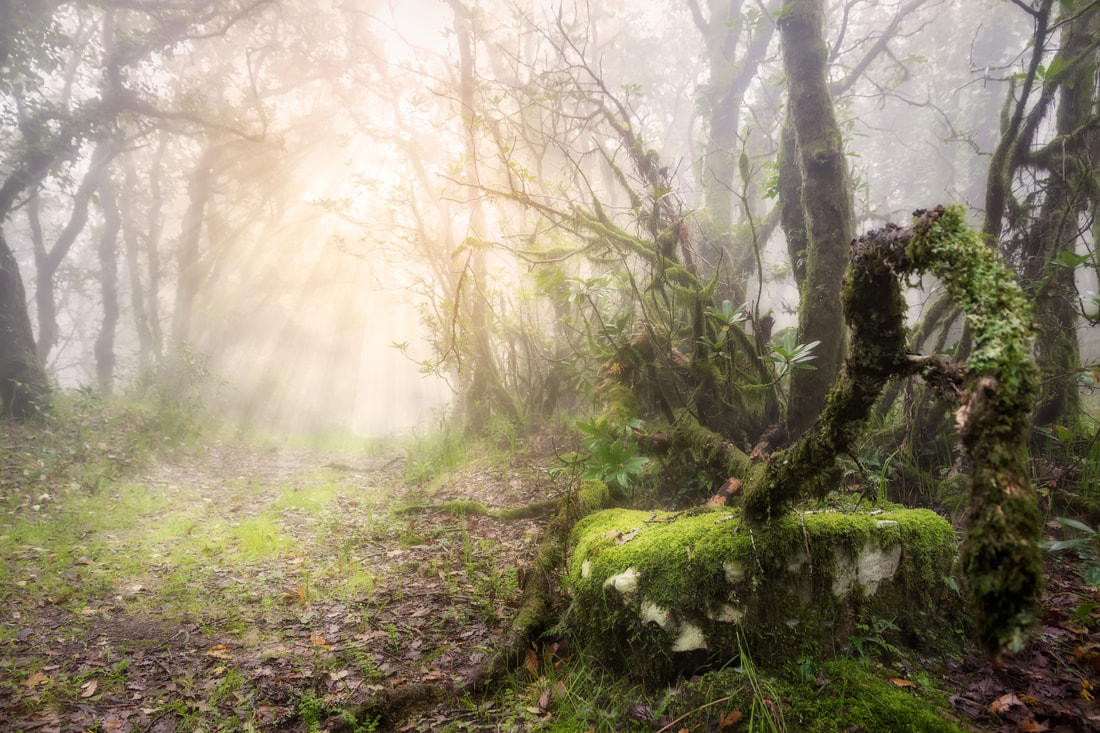
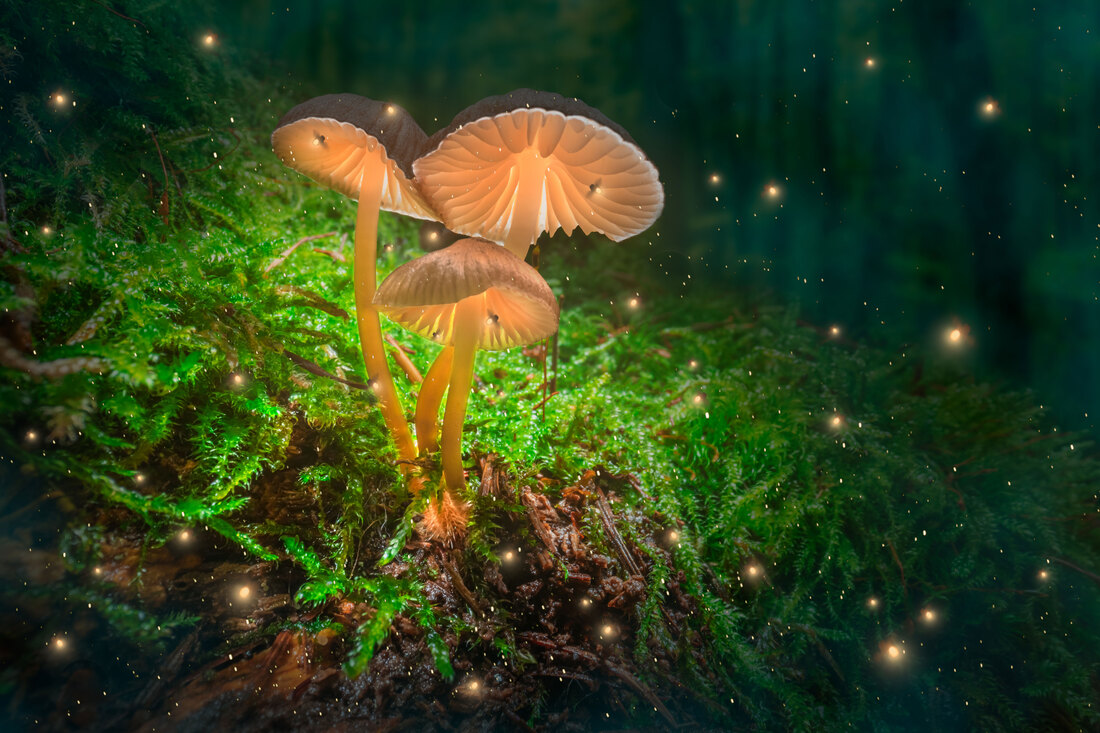

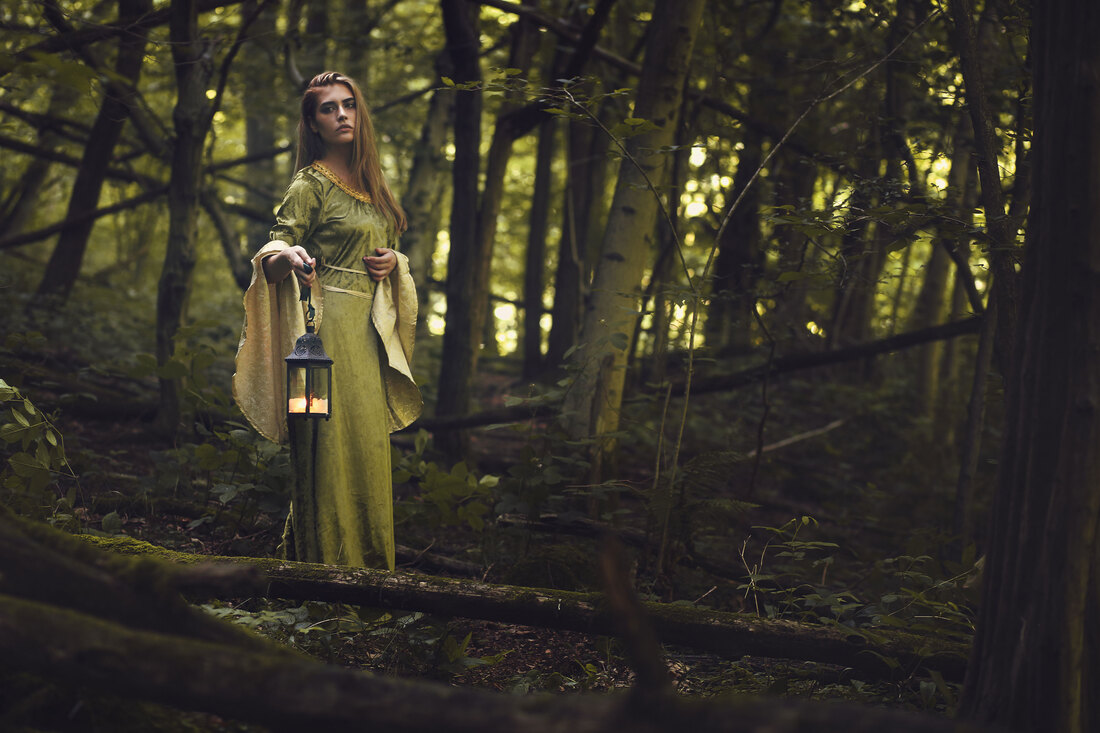
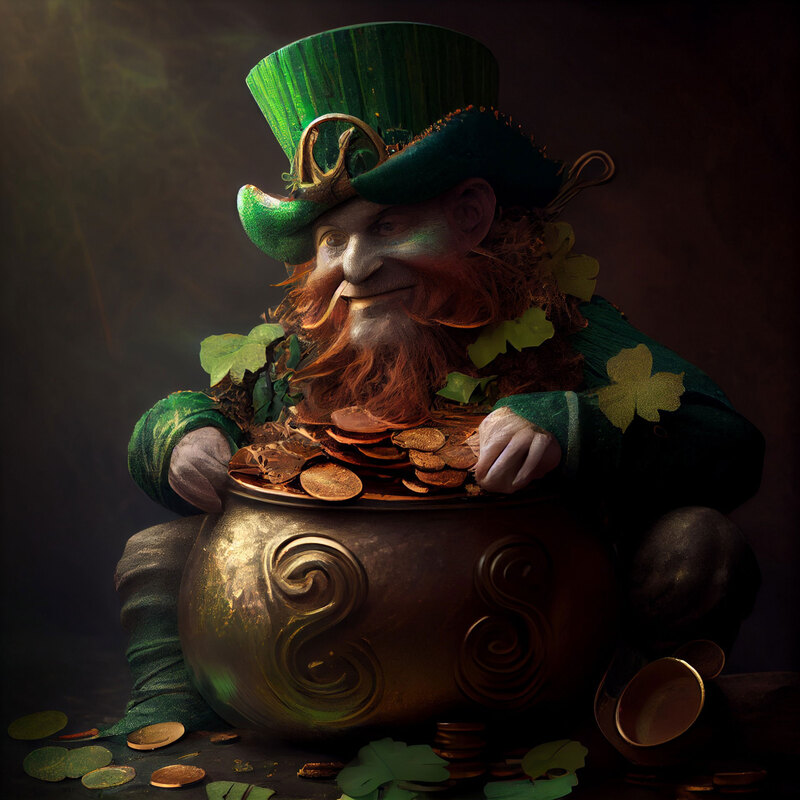
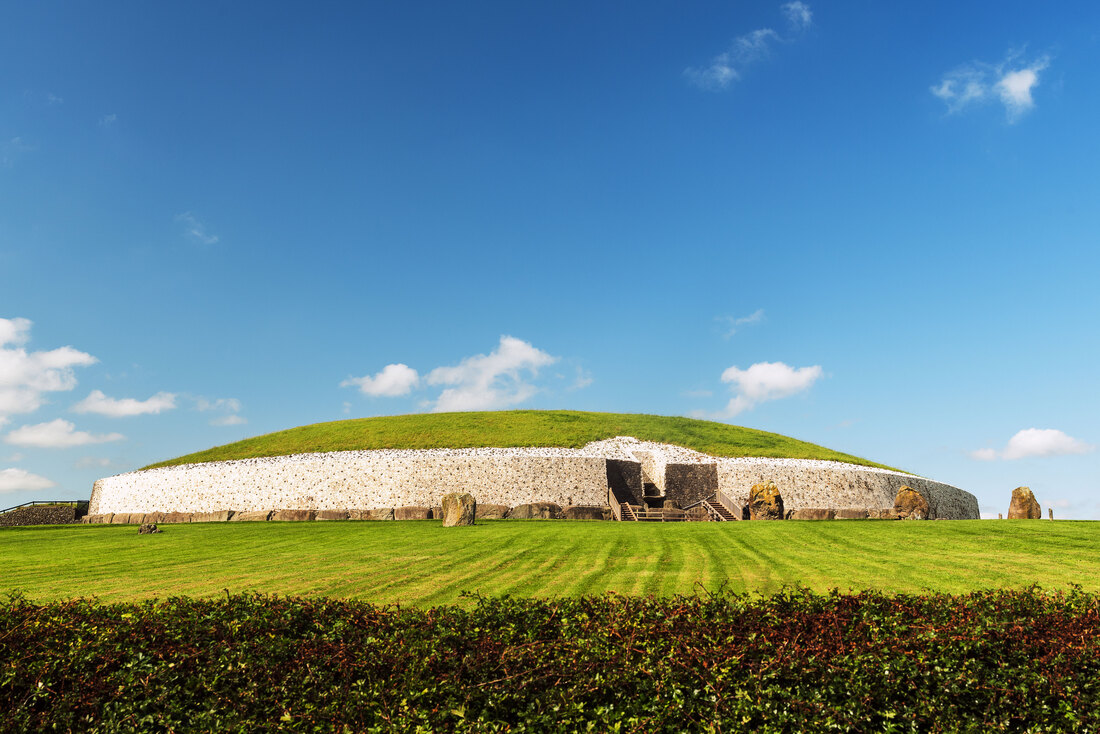
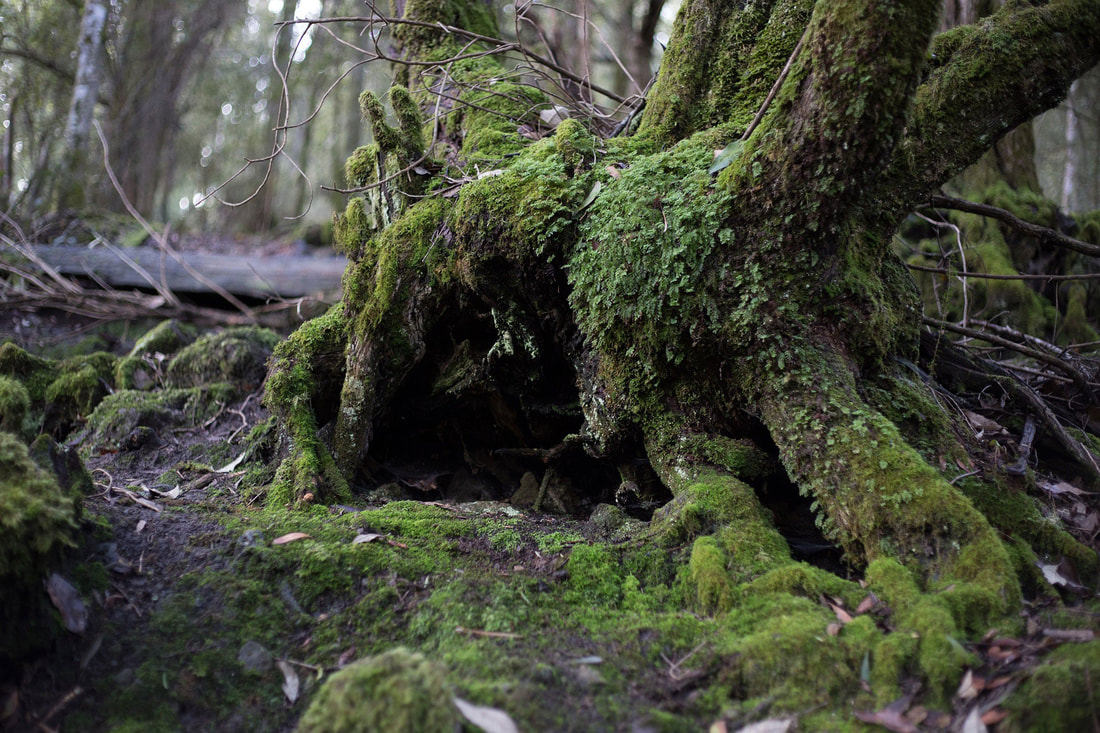
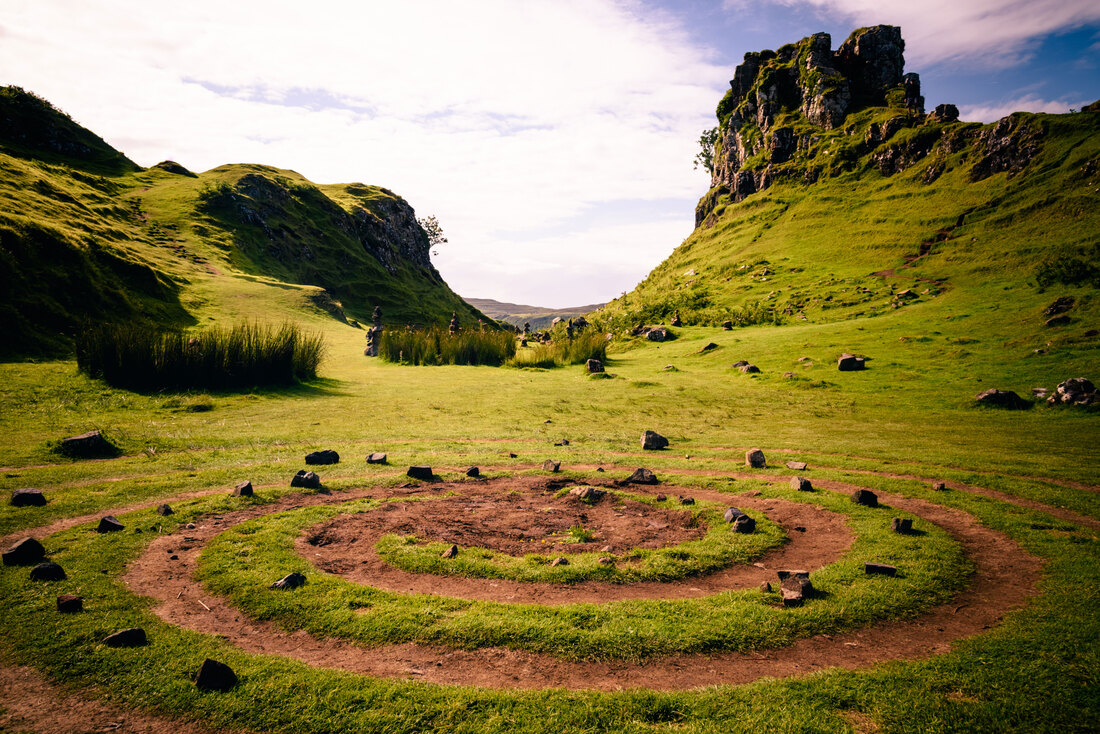
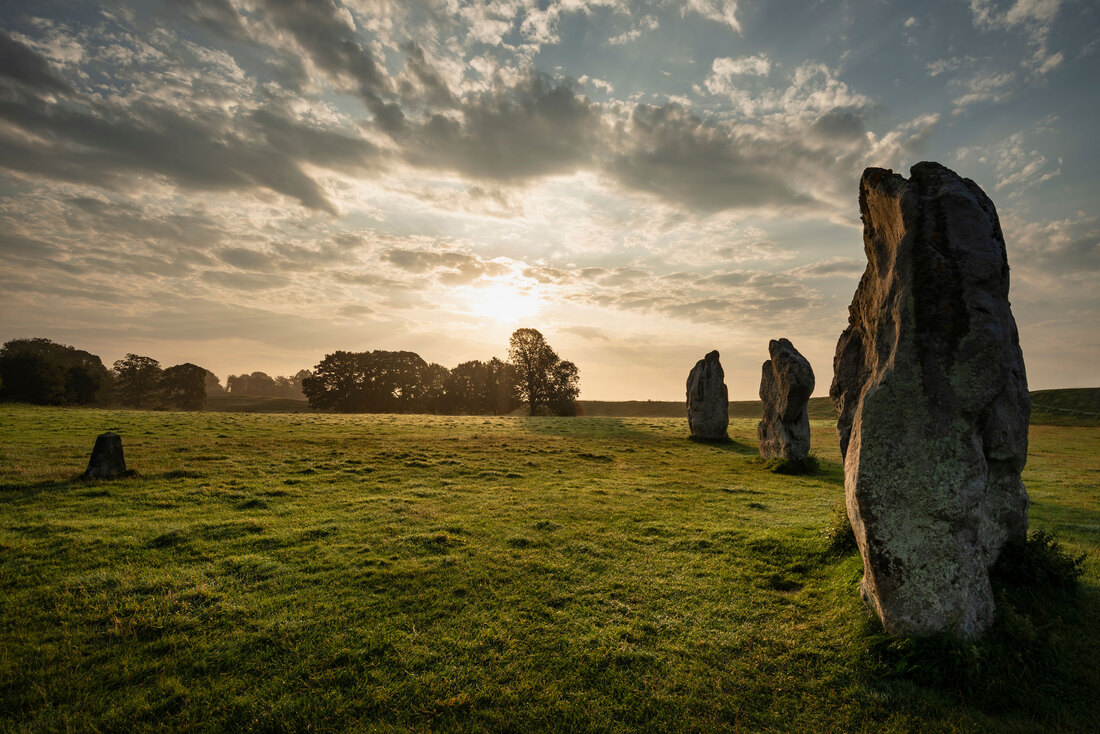
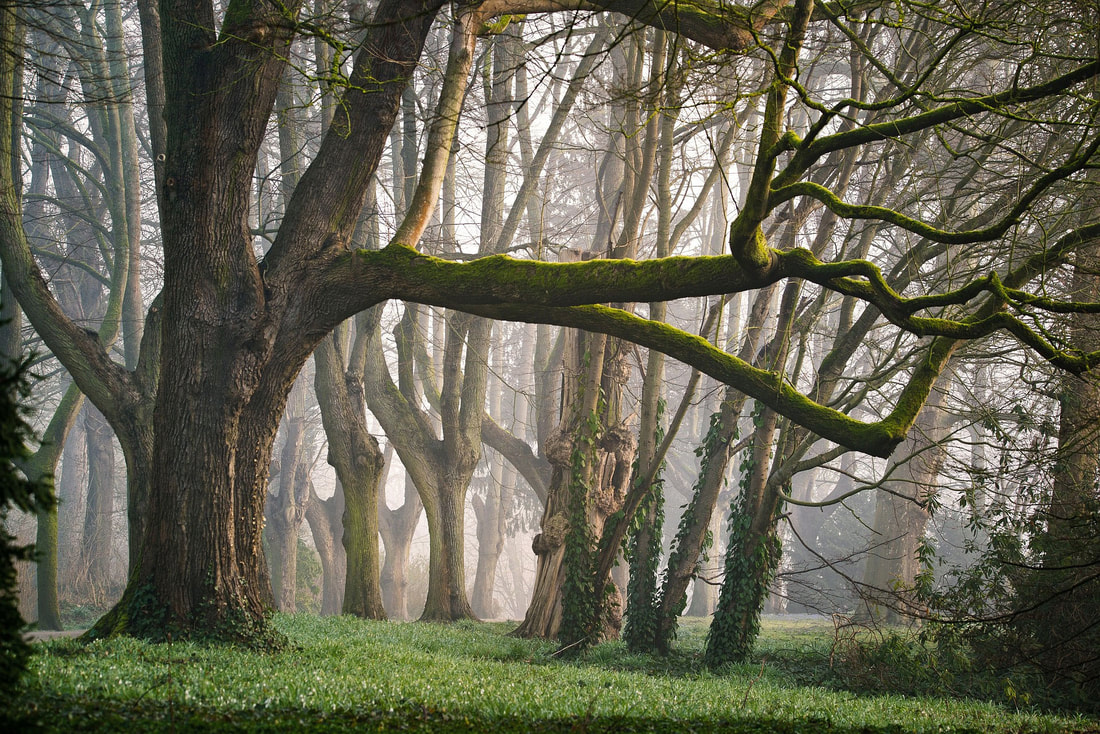
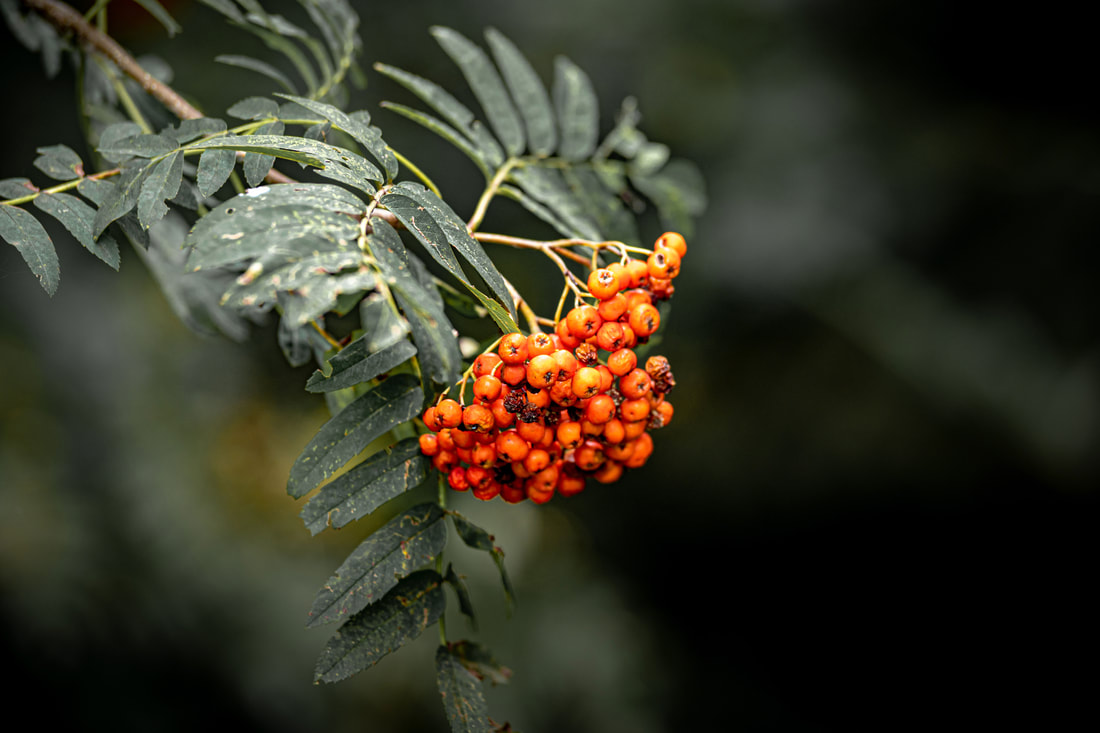

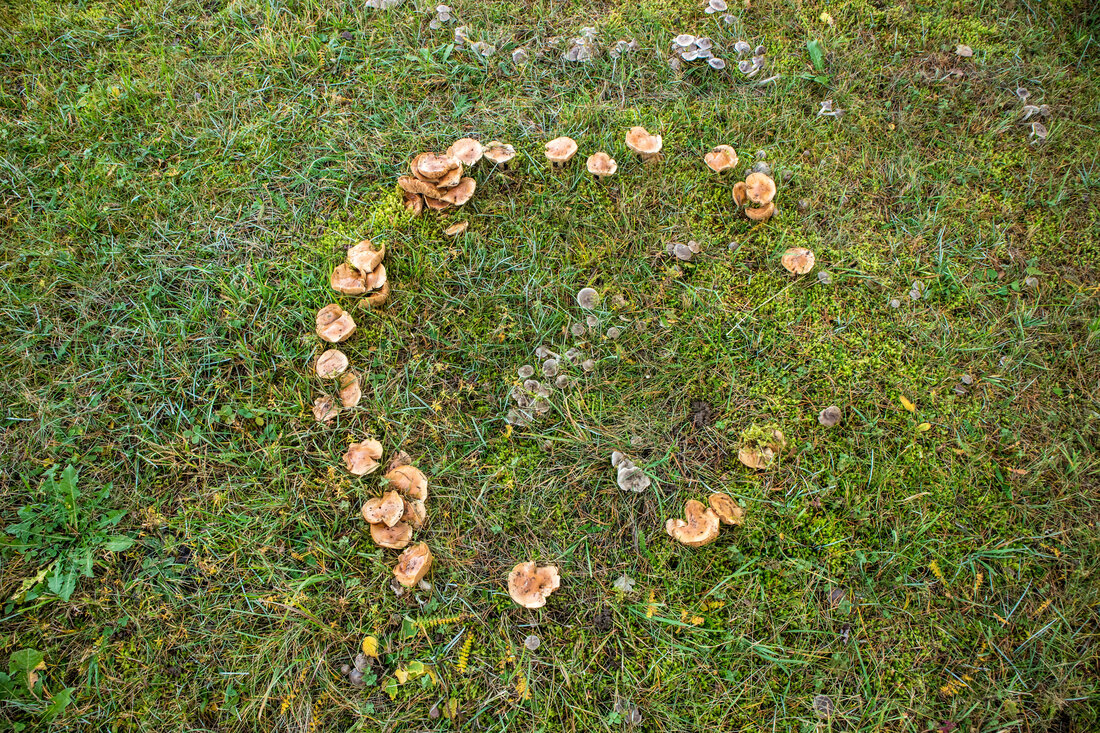
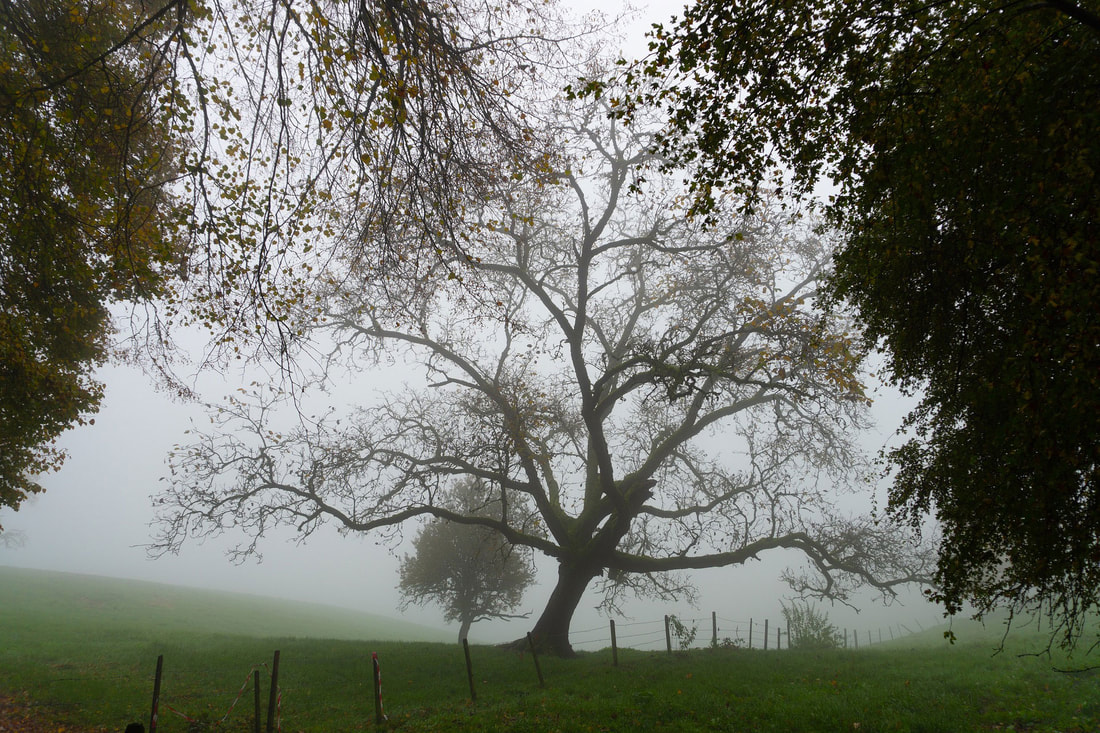
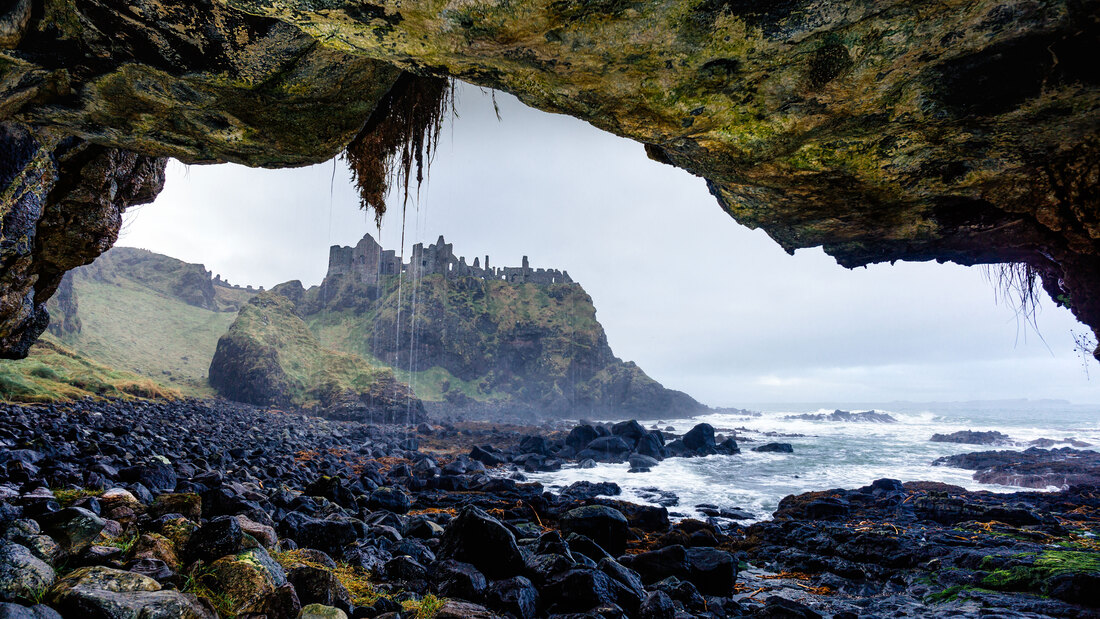
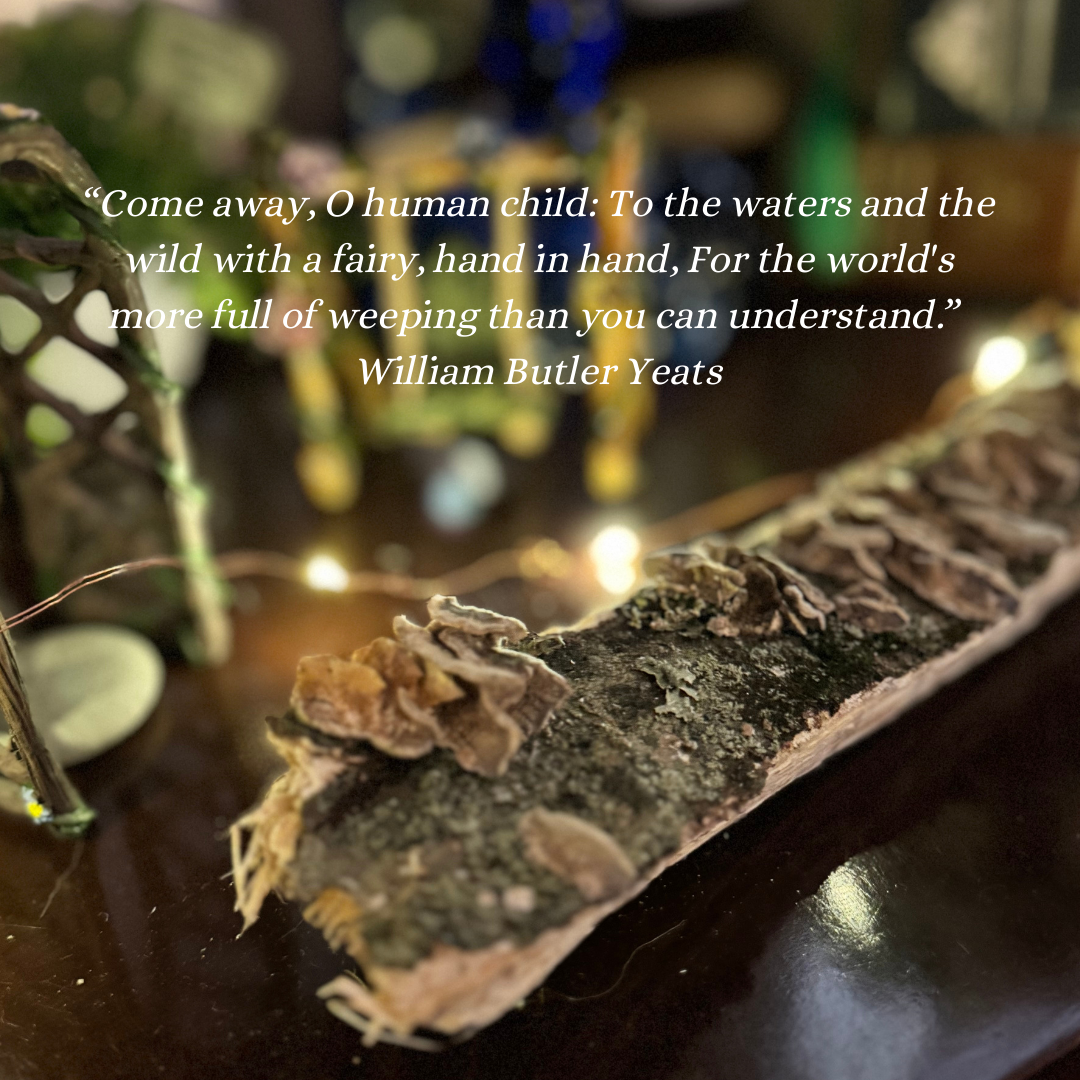

 RSS Feed
RSS Feed
